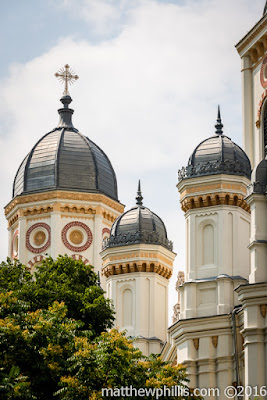 |
| Summer in the city - chill out, relax and enjoy Barcelona! |
 |
| It's time for Bucharest! |
 |
| Old ladies and shawls - myth? |
 |
| Typical apartment buildings in Bucharest. |
 |
| The 'Onion' domes of a church. |
 |
| A fountain on the main avenue. |
 |
| One of the many beautiful churches in the city of Bucharest. |
 |
| A big, blocky apartment building, with a difference! |
 |
| Bucharest architecture (and a BIG can of Pepsi). |
 |
| A view of the Parliament House. |
 |
| Beautiful churches are everywhere. |
 |
| The Palatul Parlamentului. |
 |
| A city church. |
 |
| People are always praying. |
 |
| Vlad III the Impaler AKA Dracula. |
 |
| Art Museum. |
 |
| The beautifully decorated facade of a church in Bucharest. |
 |
| More church visiters. |
 |
| Holy water on tap! |




















































